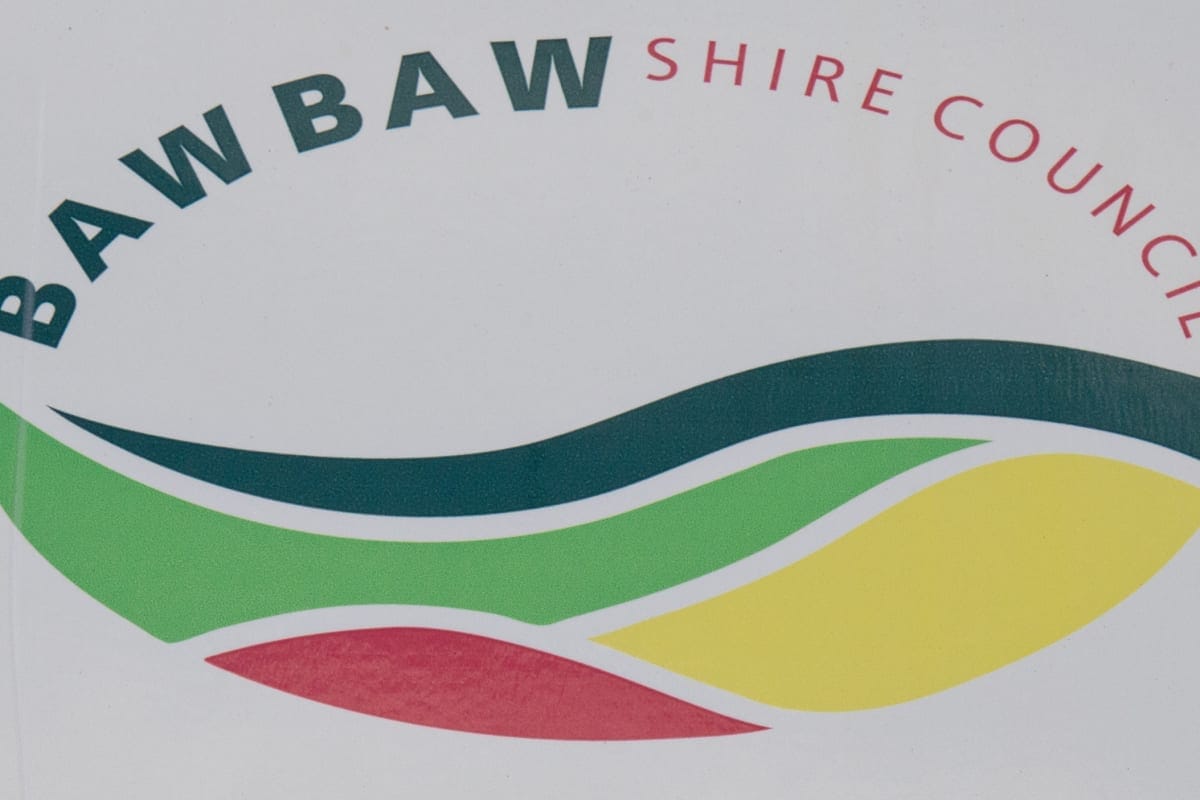A significant earthquake with a magnitude of 7.6 rattled the Caribbean region on February 8, 2025, causing a brief wave of anxiety as authorities issued tsunami warnings. The epicenter of the earthquake, according to the United States Geological Survey (USGS), was situated roughly 20 miles north of Honduras and approximately 130 miles southwest of the Cayman Islands.
The tremor shook the region at approximately 6:23 p.m. local time. Its intensity triggered immediate tsunami alerts across a wide geographical area, including Puerto Rico, the Virgin Islands, and the Cayman Islands. Emergency management agencies quickly activated protocols, urging coastal residents to move to higher ground amidst fears of potentially devastating waves.
However, within hours of the earthquake, a detailed analysis from the US-based Pacific Tsunami Warning Center indicated that the threat of significant tsunami waves had subsided. By late evening, the tsunami alerts were canceled, bringing relief to the millions of residents in the affected territories. Officials confirmed that while a tsunami warning was issued initially, subsequent data readings suggested that the ocean disturbances caused by the quake would not produce life-threatening waves.
The tremor was described as one of the most powerful to strike the Caribbean in recent years. Witnesses reported feeling vibrations that lasted several minutes, leading to widespread concerns about aftershocks or additional seismic activity. Various local authorities, including the Cayman Islands Seismic Research Centre and Honduran emergency services, worked alongside international organizations to monitor and assess the situation.
The earthquake’s shallow depth, estimated at about 10 kilometers below the surface, amplified its potential impact. Shallow earthquakes often generate more significant surface shaking and thus pose a greater risk to infrastructure and human lives. However, in this instance, the epicenter’s offshore location spared the region from catastrophic consequences.
Damage assessments conducted overnight revealed minimal structural damage, particularly in Honduras, which was the closest nation to the tremor’s source. The region’s preparedness and the rapid dissemination of information played a crucial role in mitigating the disaster’s impact. Experts commended the swift action of emergency centers and highlighted the importance of robust early-warning systems in disaster-prone areas.
The Caribbean region lies along the boundary of the North American and Caribbean tectonic plates, an area known for its seismic activity. Major earthquakes have punctuated its history, and this most recent event reignites conversations about regional disaster preparedness.
Geologists explained that the earthquake occurred along a fault line in the Caribbean Sea where tectonic plate movements contribute to frequent seismic activity. The geographical region is also particularly vulnerable to tsunamis due to its extensive coastline and proximity to underwater fault lines. While the February 8 earthquake did not result in destructive waves, experts emphasized that communities need to remain vigilant and prepared for potential future incidents.
In response to the event, local governments have reinforced their commitment to enhancing infrastructure resilience and updating emergency response plans. Public awareness campaigns focusing on evacuation procedures, survival kits, and recognizing natural tsunami warning signs are likely to increase in the coming months.
Meanwhile, as daily life resumes across the Caribbean, the event stands as a reminder of nature’s unpredictable power. For residents, businesses, and governments alike, this serves as an impetus to invest in comprehensive disaster mitigation measures, ensuring that the region is well-prepared for whatever challenges may arise.

